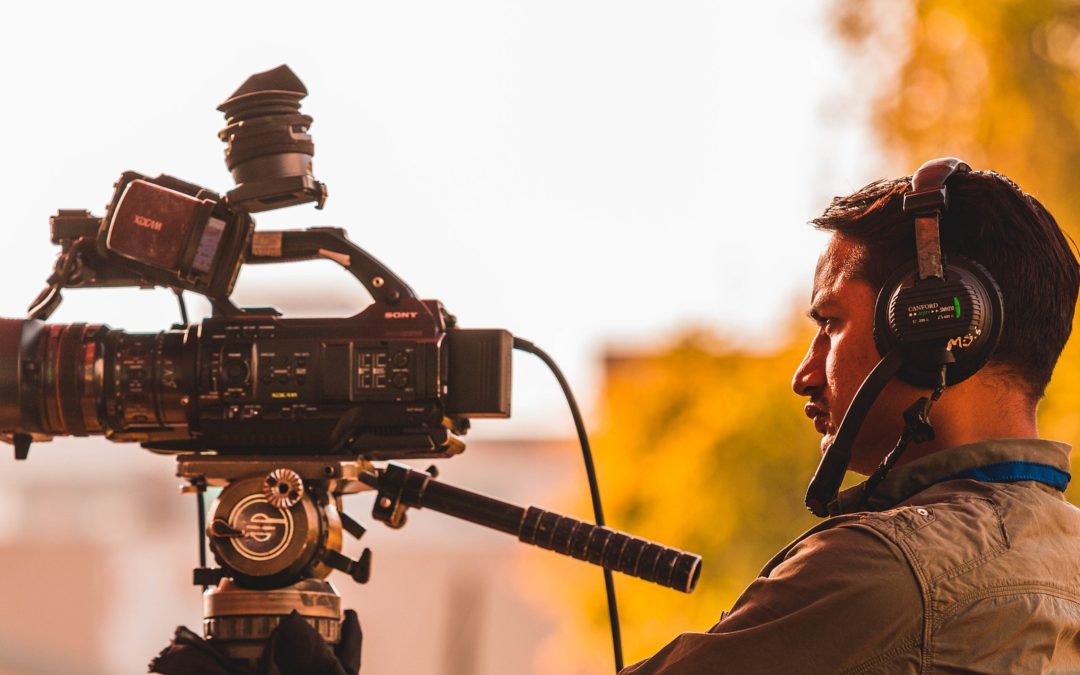According to a 2018 study by Statista, approximately 85% of American Internet users watch online video content monthly, and those numbers are increasing across all platforms each day.
Meanwhile, approximately 48 million Americans experience some degree of hearing loss. Add to that the 4.2 million people in the U.S. over the age of 40 who are visually impaired, and then ask yourself this question: Is my video content accessible to everyone?
Whether informational, educational, entertaining or political – your videos should be accessible to every potential viewer. Otherwise, consumers who cannot see or hear will inevitably encounter barriers to your message, and you could experience a significantly smaller audience as a result.
Accessibility does not have to entail tremendous cost or time commitment, and when planned in advance and executed properly, it can help you broaden your reach exponentially.
But accessibility is not only the consumer-focused thing to do, in some cases it is actually the law.
Know the Rules
The Americans with Disabilities Act was passed in 1990, prohibiting discrimination in employment, public services, public accommodations, and telecommunications.
The first civil rights legislation of its kind, the ADA was aimed at creating equal access for people with disabilities and, under Titles II and III, has come to have a number of implications for online content.
Likewise, the 21st Century Video Accessibility Act (CVAA) was devised to ensure that accessibility laws enacted in the 1980s and 1990s were updated for digital usage, while the Federal Communications Commission (FCC) mandates the amount of programming that is required to include closed captioning. Practically all content aired on TV today must be captioned, with few exemptions.
Failure to comply with the aforementioned telecommunications standards and regulations can lead to costly consequences for businesses and video production firms.
The Importance of Closed Captions
Not to be confused with subtitles, which only transcribe spoken dialogue word for word, closed captioning attempts to provide viewers with the same level of information that they would receive from a video’s audio track. This includes background noises, musical scores, song lyrics, and so much more.
Closed captions are not only used by the deaf and hard of hearing communities, but also individuals for whom English is not a primary language.
Captioning is also incredibly beneficial when the potential for distractions exist and/or a video must be viewed with the sound muted.
Additionally, as your global audience grows, making your videos as accessible as possible by providing captions in multiple languages, helps to boost your viewer base.
With so much information to be processed and so many messages to accurately deliver, closed captioning helps your diverse audiences engage with the material more completely.
In lieu of captions, providing access to a transcript can also be helpful. A transcript is a printed documentation of a media program, which includes all spoken audio and/or dialogue, and occasionally full descriptions of key visual information and on-screen text.
The Benefit of Audio Description
Primarily used by blind and visually impaired audiences, audio descriptive services often are delivered via a secondary audio track that describes the actions on screen in great detail. This tool provides information that would otherwise not be discernable by the main soundtrack alone, including actions, scene changes, on-screen signage and text, and other visual content.
For video content that is predominantly visual, with no spoken audio, audio description is absolutely critical.
Sighted people, on occasion, can also benefit from audio descriptive services. Children with learning disabilities or autistic children may find the service particularly beneficial, as hearing concise, yet descriptive spoken words in conjunction with visual images on screen can help to improve comprehension, literacy, and much more.
It’s Never Too Late to Provide Access
If your video content is intended for public consumption, it should consistently include captioning and audio description, at a minimum. It is also wise to update your back catalog of material to extend your consumer reach as far as possible.
Maslow Media Group is uniquely poised to help your agency or corporation remain compliant, while fostering more dynamic and accessible video content.
Our company was founded in 1988 after realizing the need for a resource that could provide qualified production crews to Washington, D.C.’s television, cable, and multimedia outlets. Since that time, we have provided broadcasters with high quality solutions, including camera crews, equipment, and other creative video production services.
Expand your audience. Contact Maslow today to achieve more accessible and engaging video content.



